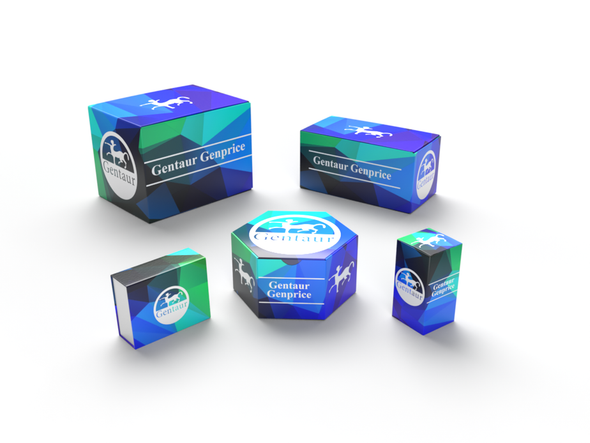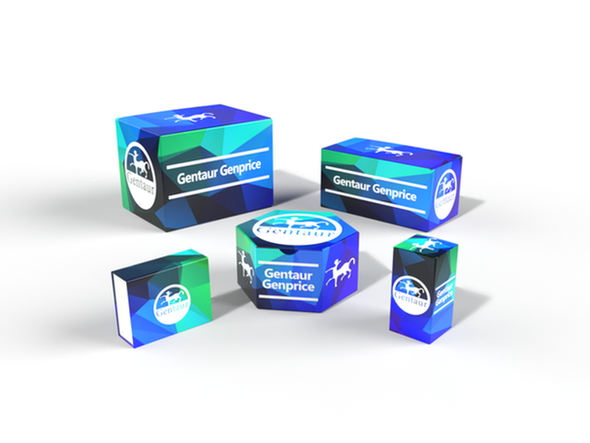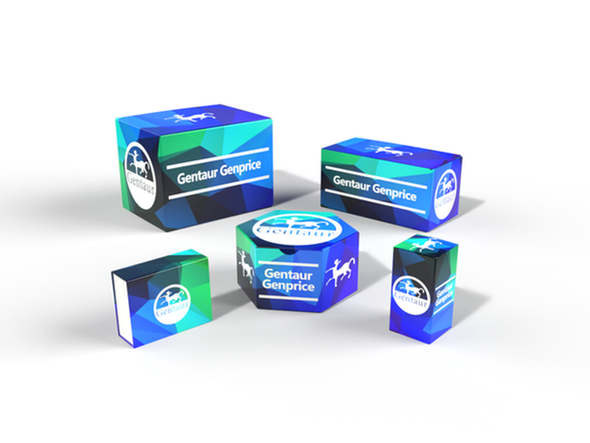740
Rat Prolactin receptor (PRLR) ELISA Kit | AE25886RA
- SKU:
- 740-AE25886RA
- Availability:
- Usually ships in 5 working days
Description
Rat Prolactin receptor (PRLR) ELISA Kit | AE25886RA | Gentaur UK, US & Europe Distribution
Species Reactivity: Rat (Rattus norvegicus)
Abbreviation: PRLR
Alternative Name: hPRLrI; delta 4-SF1b truncated prolactin receptor|delta 4-delta 7/11 truncated prolactin receptor|hPRL receptor|prolactin receptor delta 7/11|secreted prolactin binding protein
Application: ELISA
Range: 31.25-2000 pg/mL
Sensitivity: 7.8 pg/mL
Intra-Assay: ≤6.3%
Inter-Assay: ≤9.8%
Recovery: 0, 89
Sample Type: Serum, Plasma, Other biological fluids
Detection Method: Sandwich
Analysis Method : Quantitive
Test Principale: This assay employs a two-site sandwich ELISA to quantitate PRLR in samples. An antibody specific for PRLR has been pre-coated onto a microplate. Standards and samples are pipetted into the wells and anyPRLR present is bound by the immobilized antibody. After removing any unbound substances, a biotin-conjugated antibody specific for PRLR is added to the wells. After washing, Streptavidin conjugated Horseradish Peroxidase (HRP) is added to the wells. Following a wash to remove any unbound avidin-enzyme reagent, a substrate solution is added to the wells and color develops in proportion to the amount of PRLR bound in the initial step. The color development is stopped and the intensity of the color is measured.
Product Overview: The prolactin receptor—encoded by a gene on Chromosome 5p13-14—interacts with the prolactin molecule as a transmembrane receptor.The 5-prime-untranslated region of the PRLR gene contains 2 alternative first exons: E13, the human counterpart of the rat and mouse E13, and a novel human type of alternative first exon termed E1N. The 5-prime-untranslated region also contains a common noncoding exon 2 and part of exon 3, which contains the translation initiation codon. The E13 and E1N exons are within 800 basepairs of each other. These 2 exons are expressed in human breast tissue, breast cancer cells, gonads, and liver. Overall, the transcript containing E13 is prevalent in most tissues. The PRLR gene product is encoded by exons 3-10, of which exon 10 encodes most of the intracellular domain.
Stability: The stability of ELISA kit is determined by the loss rate of activity. The loss rate of this kit is less than 5% within the expiration date under appropriate storage condition. The loss rate was determined by accelerated thermal degradation test. Keep the kit at 37°C for 4 and 7 days, and compare O.D.values of the kit kept at 37°C with that of at recommended temperature. (referring from China Biological Products Standard, which was calculated by the Arrhenius equation. For ELISA kit, 4 days storage at 37°C can be considered as 6 months at 2 - 8°C, which means 7 days at 37°C equaling 12 months at 2 - 8°C) .










